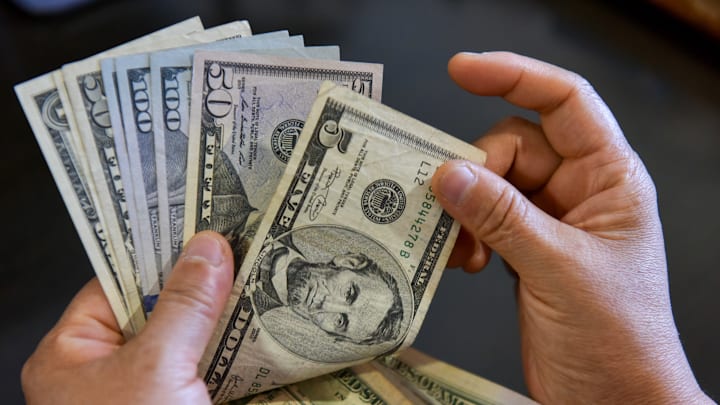It is increasingly likely that college sports will have a revenue-sharing compensation model for the 2025 football and basketball offseason. What will it mean for Alabama Football, Alabama Basketball, and the Crimson Tide's other sports? Based on recent reporting by Dan Murphy and Pete Thamel for ESPN, what will not change is college athletes becoming employees of their schools.
As reported by ESPN as soon as this month, conferences will vote on a revenue-sharing proposal. The proposed distributions of funds to players would be part of multiple anti-trust cases reaching negotiated settlements. The NCAA is reportedly committed to paying up to $2.9M to settle the existing anti-trust cases.
The proposed revenue-sharing plan is believed to offer protection against future anti-trust claims. According to ESPN, the Power Four conferences are expected to approve the plan. The rest of college sports will be unable to block it.
The proposal may evolve in the next few weeks but is structured around "a spending cap for each power-conference school based on 22% of the average media rights, ticket sales, and sponsorship revenue." That amount is estimated to be around $20M per school. Schools can choose the amount to share up to the cap. Each school would determine how to allocate the revenue pool to its athletes. There appears to be no consensus on how schools should, or even could, based on Title IX issues, distribute the money. In current plans, there is no mandate a school must include all its athletes or share revenue equally with the athletes.
NIL collectives will continue to provide funds to players. As long as a school's collectives are controlled and operated externally from the school, NIL payments will not count against the revenue-sharing cap. As ESPN explained, " ... collectives are going to be forced to stay outside the universities, and it will become more of a discrepancy of the haves and have-nots. If you bring collectives in, any money raised would count toward the cap. But schools can hit the cap and still have collectives as third parties."
The plans, if approved, can settle current litigation and discourage future litigation, but the use of NIL in college sports' unfettered free agency will not significantly change. Reportedly NIL treasure troves at some college programs provide up to $20M annually for football and as much as $7M annually for basketball.
Alabama Football and Men's Basketball
What can be assumed is the 'haves' (and that includes Alabama football and men's basketball programs) will prosper in the proposed revenue-sharing environment. What will happen to the 'have-nots' will be different.
